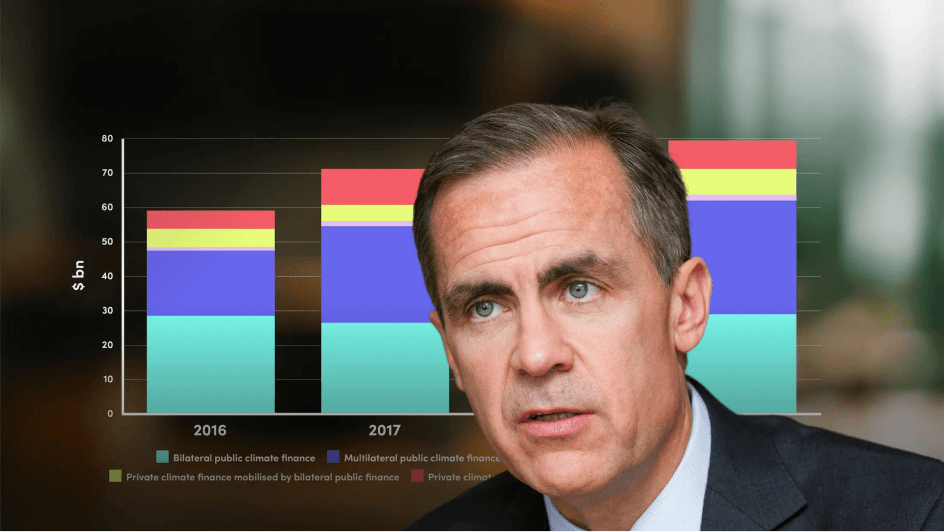
Investing in CDR Solutions

Richard Probst
In this video, Richard explains the benefits of adopting a portfolio approach to carbon dioxide removal (CDR), highlighting how diversifying investments across nature-based and engineered solutions maximises climate impact and mitigates risks. He explores why organisations invest in CDR, how the portfolio approach accelerates innovation, and how it aligns with long-term decarbonisation goals. He also provides a step-by-step guide to implementing an effective CDR strategy, from identifying needs to designing tailored portfolios, ensuring compliance, and contributing to the growth of the CDR market for a sustainable future.
In this video, Richard explains the benefits of adopting a portfolio approach to carbon dioxide removal (CDR), highlighting how diversifying investments across nature-based and engineered solutions maximises climate impact and mitigates risks. He explores why organisations invest in CDR, how the portfolio approach accelerates innovation, and how it aligns with long-term decarbonisation goals. He also provides a step-by-step guide to implementing an effective CDR strategy, from identifying needs to designing tailored portfolios, ensuring compliance, and contributing to the growth of the CDR market for a sustainable future.
Subscribe to watch
Access this and all of the content on our platform by signing up for a 7-day free trial.

Investing in CDR Solutions
9 mins 41 secs
Key learning objectives:
Understand the benefits of a portfolio approach to CDR, including risk mitigation and innovation acceleration
Outline the strategic steps involved in implementing a CDR portfolio, from identifying needs to monitoring solutions
Understand how diversification in CDR investments aligns with the like-for-like principle and supports long-term decarbonisation goals
Understand the role of buyers and intermediaries in scaling the CDR market through strategic investments
Overview:
Subscribe to watch
Access this and all of the content on our platform by signing up for a 7-day free trial.
Subscribe to watch
Access this and all of the content on our platform by signing up for a 7-day free trial.

Richard Probst
There are no available Videos from "Richard Probst"





























